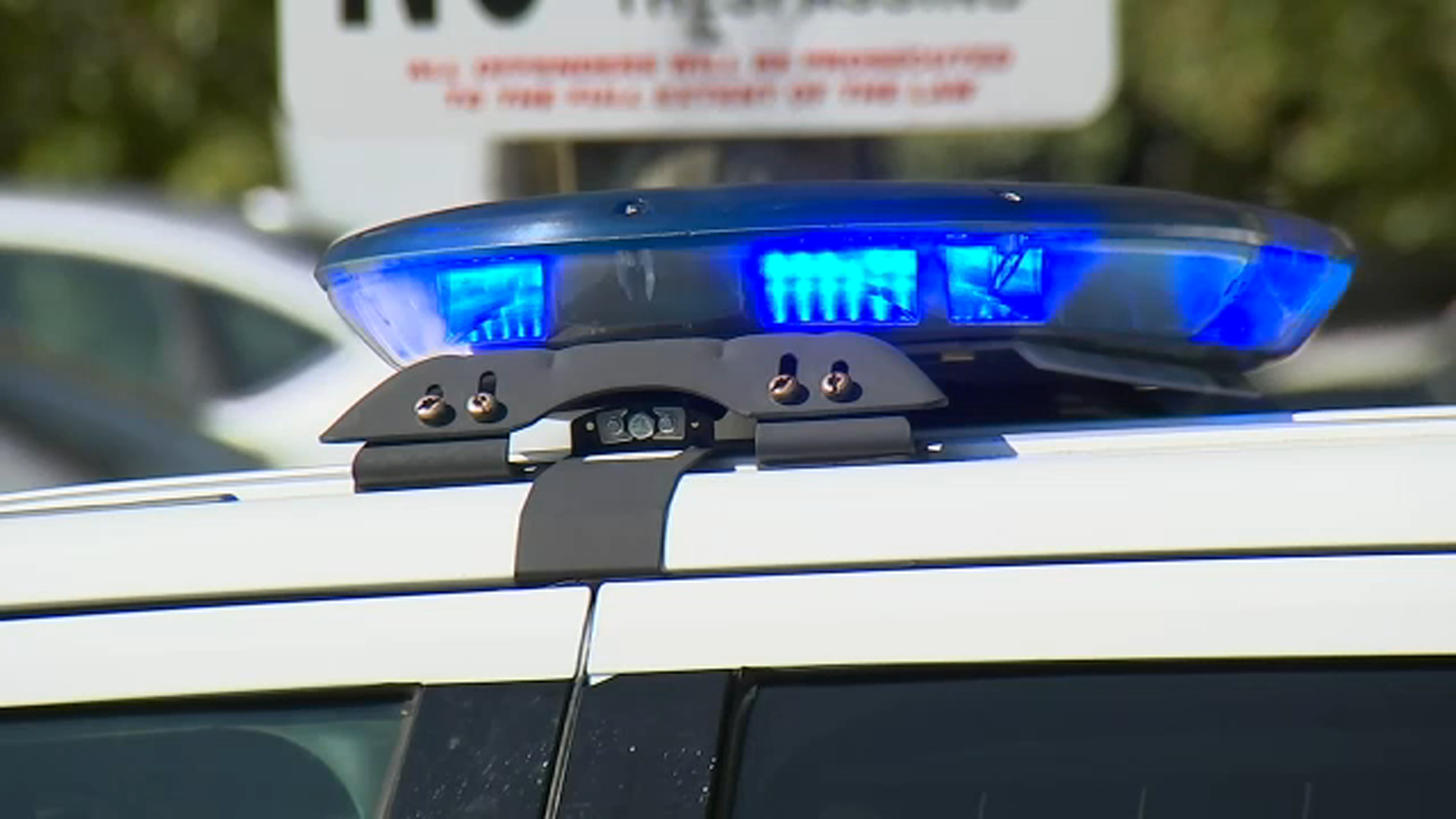Wake County drivers caught on cam making dangerous moves in front of ambulances
RALEIGH, N.C. (WTVD) -- The laws regarding ambulances are simple, but some Wake County drivers are having a hard time following the rules.
The ABC11 I-Team and Wake County EMS partnered on a special investigation to show the increasing dangers on the road for paramedics racing to save lives every day. The investigation, supported by mounting cameras on the front windshields of ambulances and other emergency vehicles, shows several vehicles unable or unwilling to simply slow down and move to the right.
"It's frustrating because you know people need help," Jazmine Hooper, a Wake County EMS paramedic, told ABC11. "A car sees us and they just stop and just sit there. We're coming up, expecting them to move and they just stop. So we have to quickly slam the brake to make sure we don't hit the car in front of us."
Allison Zumwalt, another EMS paramedic, was once in the back of an ambulance tending to a patient when a driver forced the ambulance to slam on the brakes.
"Just a quick stop and I flew to the other side of the ambulance," Zumwalt recalled. "As long as everyone stays controlled and calm and doesn't do erratic movements than we can all get to our places faster."
Unpredictable drivers -- and increasing traffic in the Triangle -- are among the mounting problems for Wake County EMS. An earlier I-Team investigation found the department understaffed and overworked, which officials said are some of the factors leading to longer response times.
Jeff Hammerstein, Assistant Chief of Wake County EMS, told the I-Team that his fleet of 44 ambulances and the paramedics who staff them are frequently working overtime to meet demand.
"The call volume affects response times, the increase in traffic," Hammerstein explained. "The harder it is for you to come and go from work, the harder for us to get through traffic and respond to a call."
Specifically, the ABC11 I-Team discovered that most Wake County EMS ambulances take up to 15.4 minutes to answer a 911 call; in 2008, 90 percent of calls were answered in less than 11.3 minutes.
When ambulances operate lights and sirens, a driver not moving out of the way or making sudden stops could add even more time.
When you see the lights, move to the right
Despite their frustration, many paramedics are reluctant to assume drivers on the road are willfully ignoring the law. Instead, they think it's natural that drivers could be confused.
"A lot of times it is confusing," paramedic Tyler Schnedler said. "You have one car in the left lane, four in the middle, five on the right, and the car in the left lane doesn't know how to handle it."
North Carolina law is clear: all drivers must slow yield to emergency vehicles by slowing down, moving to the right, and coming to a stop. If traveling on a highway or other high speed road, simply slowing down and moving over will suffice. If there's no immediate room on the right, move over when it's safe to do so.
At intersections, drivers must also yield to emergency vehicles with lights and sirens active, and move when it is safe to do so. If there's no median, cars moving in the opposite direction should also slow down and move to the right.
In North Carolina, "move over laws" extend to emergency vehicles that are stopped on the side of the road. In these cases, the statute states "motorists are required to move over to another lane away from the emergency vehicle on a multi-lane highway or slow down on a two lane highway."










